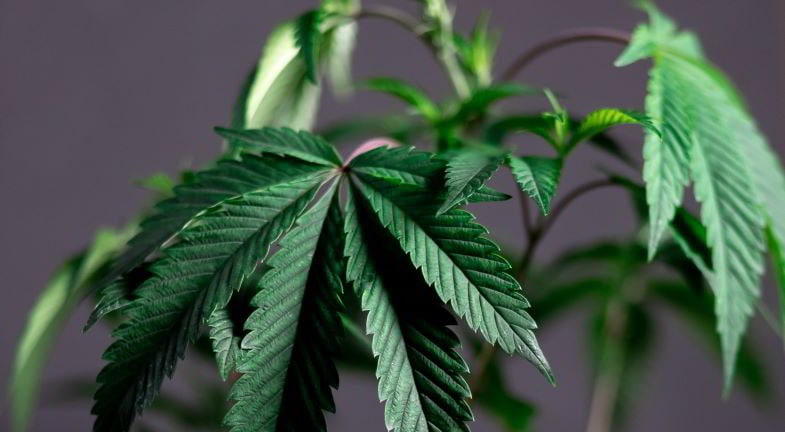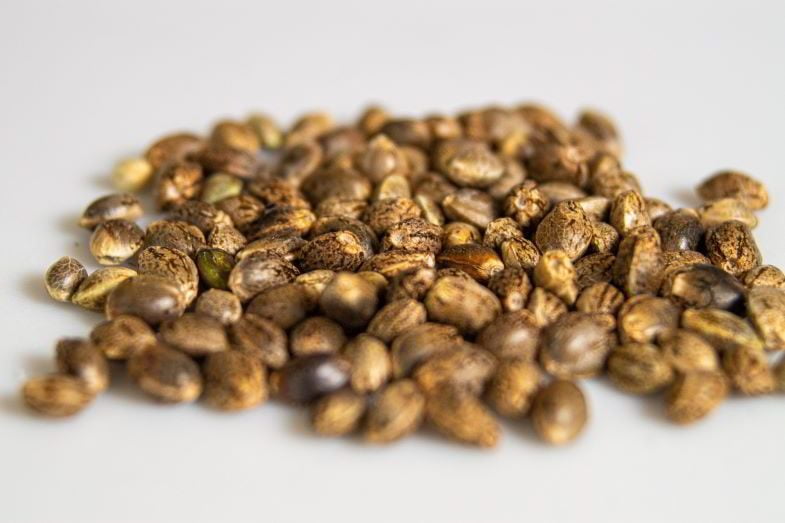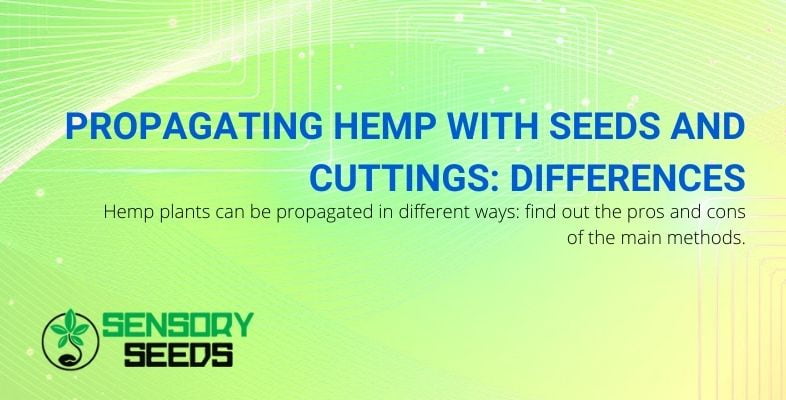Modified on: 20/09/2022
Hemp plants can be propagated in different ways: find out the pros and cons of the main methods
The world of hemp is immense, and there is always something new to learn, which is why many hemp enthusiasts and novice growers often wonder whether it is better to propagate plants using cannabis seeds or cuttings.
It makes a lot of sense to ask yourself this question because, contrary to what you might think, it is not true that one method is the same as the other. Still, in both cases, there are some particularities that you need to know if you want to carry out conscious cultivation.
Are you also curious about the main hemp propagation methods‘ differences and pros and cons?
If so, read on because we will give you an overview of this article (purely for information purposes).
Here is everything you need to know.


How does a cannabis plant propagate?
Like most plant species, hemp plants can be reproduced mainly in two ways: by sexual propagation or by vegetative propagation.
Have you ever heard of this?
If you are confused about this, you will find the following useful.
Sexual propagation
Sexual propagation of hemp plants is uniting two gametes from plants of different sexes. When the pollen produced by the male plants comes into contact with the flowers and pistils of the female plants, the gametes unite to initiate seed production.
The resulting marijuana seeds will give rise to plants with the genetic characteristics of the specimens from which they are derived, which may or may not belong to the same family.
Sexual propagation makes it possible to create hybrids, even very unusual ones.
For example, if a female plant is reversed with phytohormones, male-shaped pollen (but with female DNA) is obtained, which fertilises the female gametes of another plant and generates feminised seeds.
Or, from the union of two different hemp genetics of excellent quality, it is possible to obtain seeds that will give rise to plants superior to either parent (hybrid vigour).
As well as offering the possibility of creating new genetics, the sexual propagation of hemp is also excellent because the resulting seeds can be stored for a very long time (up to ten years).
Once the seeds have been obtained, they need to be planted, and the germination process is carefully followed.
Read also: Potting soil for auto-flowering plants: a guide to choosing the appropriate one
Vegetative propagation
When we discuss vegetative propagation, also known as agamic reproduction, we mean the production of cuttings. The cutting technique consists of removing one or more branches from a hemp plant (known as the mother plant) and then rooting them to produce clones.
Usually, this is done during the vegetative phase: making cuttings when the mother plant is flowering is not recommended, as it is more difficult for them to take root.
Vegetative propagation of hemp is very useful in cases where you want to preserve the genetic heritage of a plant that has proved to be particularly strong and/or productive. In addition to this, the production of cuttings gives hemp growers the advantage of growing various plants with the exact needs and weaknesses, making the growing process much more manageable.


But then is propagation by seed or by cuttings better?
As we have seen, both methods of propagating hemp have advantages.
With sexual propagation, it is possible to produce new and better hemp genetics; with vegetative propagation, it is possible to clone the strongest and most productive plants.
Certainly, reproduction by cuttings makes it possible to create homogeneous, quality crops. But, at the same time, from seeds, it is possible that the resulting specimens, even if they belong to the same genetics, will differ from each other in productivity and resistance.
However, starting from seeds, it is also possible to generate plants with characteristics superior to all others, so it is more advantageous from an evolutionary perspective.
It is clear that it is necessary to start from seed and that cuttings should only be used if you have specimens that deserve to be cloned over and over again.
So, both methods are valid and, as they say, “there is strength in numbers”.
Read also: Can you be allergic to cannabis? Here is the answer
After reading this brief overview, you should have a clearer idea. Remember that growing cannabis is not yet allowed by law in Italy (unless you have official authorisation), so this article is only for information.
Before we say goodbye, we invite you to look at our Sensoryseeds.com e-shop: among our proposals, you will find many types of autoflowering seeds, fast BSF seeds and feminized seeds, perfect for those who like to collect the best genetics!
Explore our store today. We are waiting for you at SensorySeeds!









